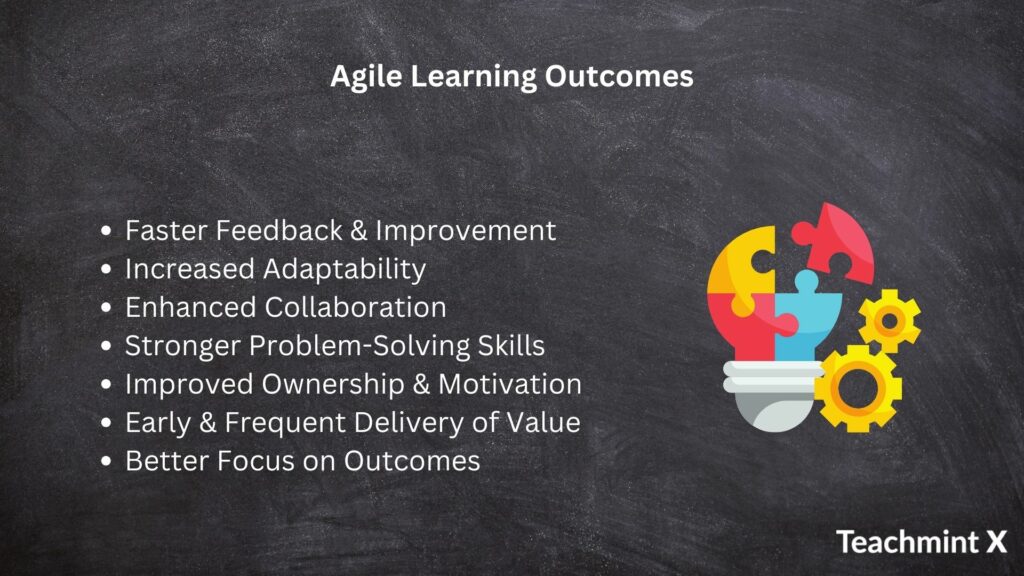Agile learning refers to a method used by schools, colleges and other educational institutions, which uses incremental steps, to facilitate faster learning. These steps usually start with a learning phase, followed by a group collaboration on a project using an iterative process to meet curriculum expected results.
Learning agility meaning is the individual’s ability and willingness to quickly learn and adapt to new situations, challenges and environments. The learning agility of a person depends on how fast they can make changes in their mindset to adapt to different situations and conditions. Every person has different adapting power and mindset for different situations, but change is inevitable that is what a person must always keep in mind.
Learning agility meaning may not be something that people understand at first time but a person must be open-minded, curious and flexible, as well as the capability to learn new skills and implement them.
Learning agility meaning encompasses various components, including cognitive agility (the ability to think critically and creatively), emotional agility (the ability to manage emotions and interpersonal dynamics), and interpersonal agility (the ability to collaborate and communicate effectively with others). Organizations value learning agility in employees because it enables them to grow in fast-paced, evolving environments and contribute positively to innovation and problem-solving efforts.

Learning agility has several advantages, both at an individual level and within organizations:
- Adaptability: Individuals with high learning agility can quickly adapt to changes in their environment, such as new technologies, processes, or market conditions. This adaptability allows them to stay relevant and effective in dynamic workplaces.
- Innovation: Learning agility creates creativity and innovation inside a person. People who are open to learning new things are more likely to generate new ideas and approaches to solving problems, driving innovation within their organizations.
- Problem-solving: People who are agile learners are mostly great problem solvers because their constant learning makes them great problem solvers and innovators at the same time.
- Career advancement: People with high learning agility are usually considered great leaders. Their constant learning and problem-solving ability make them person with great guiding power and can direct an organization to success.
- Resilience: Learning agility cultivates resilience in the face of setbacks or failures. People who are open to learning from their experiences are better able to bounce back from adversity, maintain a positive attitude, and continue to grow and develop.
- Continuous Improvement: People with great learning agility keep learning and adapting continuously which makes them a great asset for a company.
The agile learning method functions with scrum teams (a group of people) and daily updates that allow continuous tracking of the progress. These scrum teams are usually given a period of time to reach their desired output and submit their deliverables. Usually, these time-based goals are shorter than a month to drive innovation and effective learning. Each kid is unique and the way they learn is different. Agile learning is an attempt to speed the process.
The timeframes in this learning (also known as sprints) allow students to track their learning progress and reflect on their mistakes. This enables faster growth and motivates students to improve and prioritize necessary tasks over others. Additionally, these learning activities also allow students to align their learning objectives with their results.
This way of learning has proven to be the fastest way to acquire knowledge and improve cognitive ability. Agile learning creates a collaborative yet competitive environment facilitating motivated efforts towards improved results after every phase.
Kindly explore the Website for more information.

